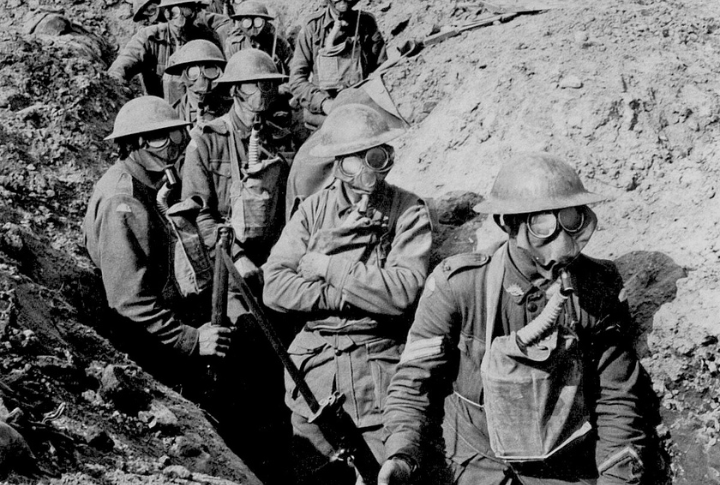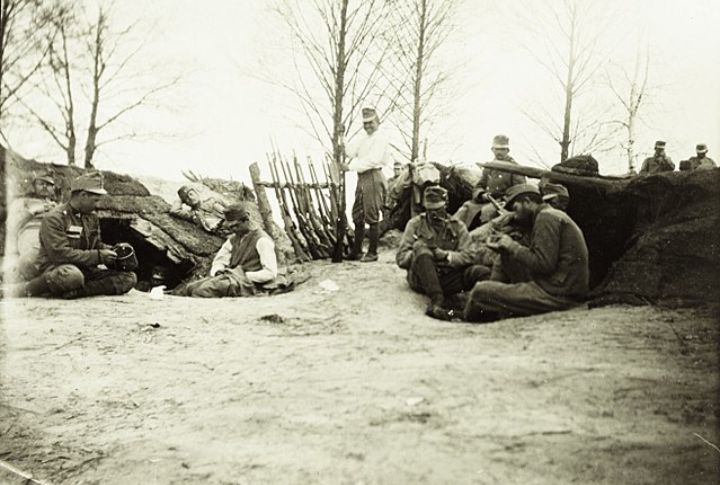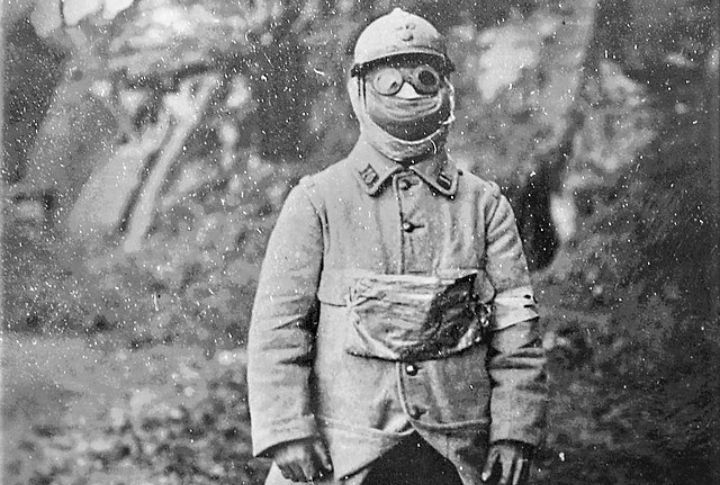
World War I soldiers faced more than bullets and endured tough conditions to survive. These weren’t rare moments of hardship—they were daily realities. This unforgiving history of WWI gives us a glimpse of a world where survival depended not just on strength but on endurance against horrors that no soldier could prepare for.
Freezing Conditions

Trenches frequently flooded in winter, leaving soldiers soaked for hours with no chance to dry off. Frostbite spread quickly through exposed feet and hands. Devoid of heat or proper gear, warmth was a luxury for them. In those cases, the cold was as lethal as enemy fire.
Unburied Corpses

Fallen soldiers remained on open ground between the ravines. With constant gunfire, retrieval was impossible. Over time, the bodies decayed, attracting flies and rats. The sight was a routine for them. For many troops, demise stopped being shocking and became something they lived with.
Unpredictable Patrol Duty

Night patrols into No Man’s Land offered no protection and little chance of success. Soldiers crawled through barbed wire and mud, listening for rivals’ movements. One wrong sound could trigger gunfire. Most patrols ended without enemy encounters, but every soldier knew the risk was real.
Rat Infestations

Waste, food scraps, and lifeless bodies made foxholes ideal for rats. They crawled over sleeping men and gnawed through packs and boots. Killing them was a daily task. Still, nothing kept them away. Some grew to the size of cats, feasting on the bodies of fallen soldiers.
Diseases And Infections

With no running water or sanitation, infections spread fast. Soldiers lived in damp clothing and rarely washed. Trench foot turned minor injuries into gangrene, leading to amputations. Even clean wounds festered without treatment. In some units, sickness caused more casualties than bullets ever did.
Disastrous Orders From Commanders

High-ranking officers issued plans from a safe distance, often unaware of front-line conditions. Orders were given to charge across open ground, ignoring flooded fields or opposition fire, and questioning them wasn’t allowed. Troops advanced because refusal meant punishment, not because the plan had any chance of success.
Malfunctioning Weapons

Weapons failed under the harsh conditions of trench warfare. Mud-clogged rifle barrels and moisture-damaged munitions. Some grenades exploded early, while others never went off at all. Many soldiers were forced to retrieve weapons from the departed soldiers or scavenge enemy rifles to stay armed.
Gas Attacks

Poison gas arrived silently, carried by the wind without warning. Early soldiers had no masks, and later models often failed, letting gas seep through. The choking, burning effects lingered long after the attack ended. Survivors had blindness, lung damage, as well as constant suffocation, sometimes lasting for entire lives.
Starvation And Malnutrition

Meals lacked variety and nutrition. Soldiers lived on preserved meat and hard biscuits. Tea would also taste of rust. Moreover, deliveries didn’t always reach the front. When rations ran out, some resorted to eating rats or scavenging whatever they could find to stay alive.
Mental Breakdown And Shell Shock

Life in the defensive lines blurred days and nights under endless tension. Sleep offered no escape, and quiet hours were filled with dread. Many soldiers broke down under pressure, unable to cope. The term “shell shock” emerged, but instead of receiving help, many were punished for their suffering.

